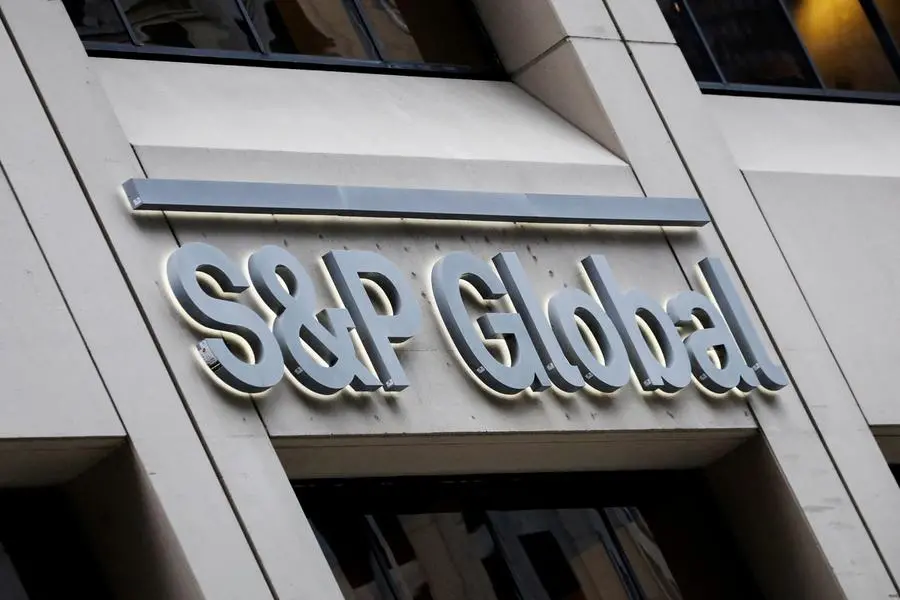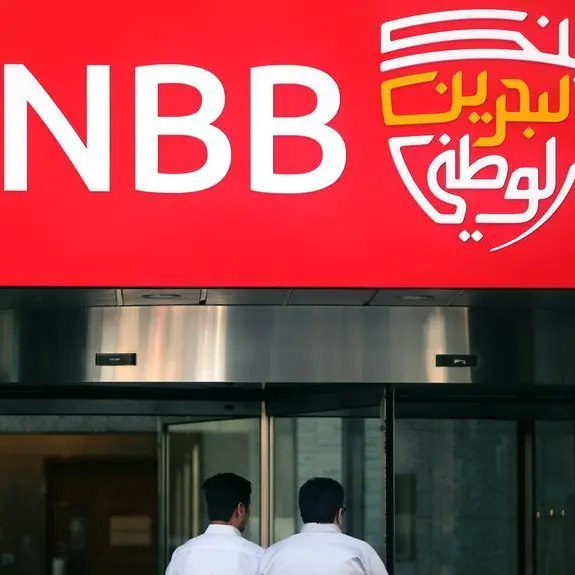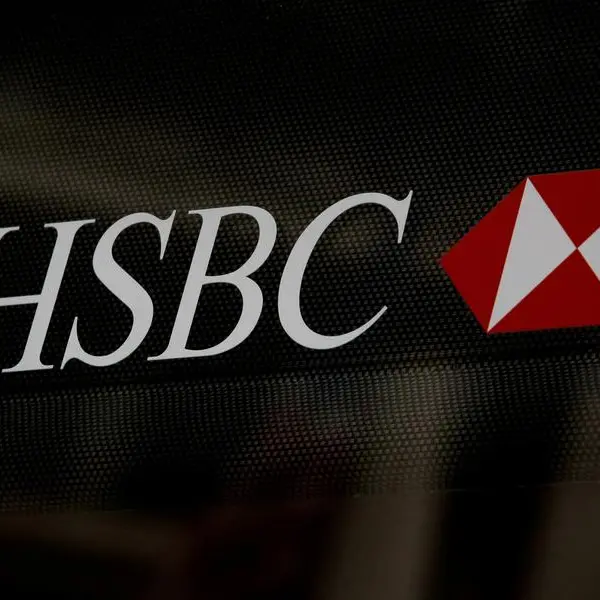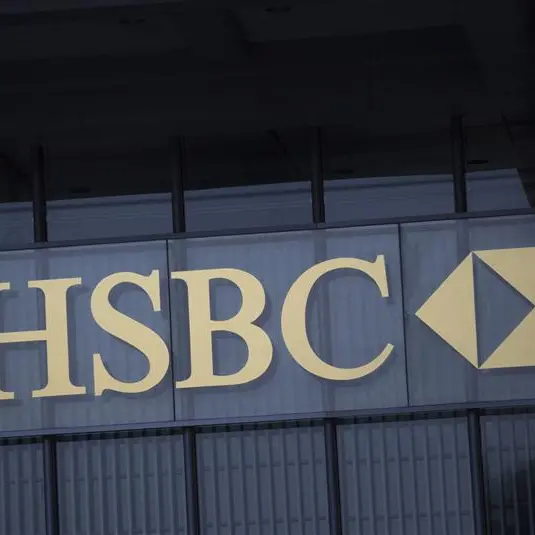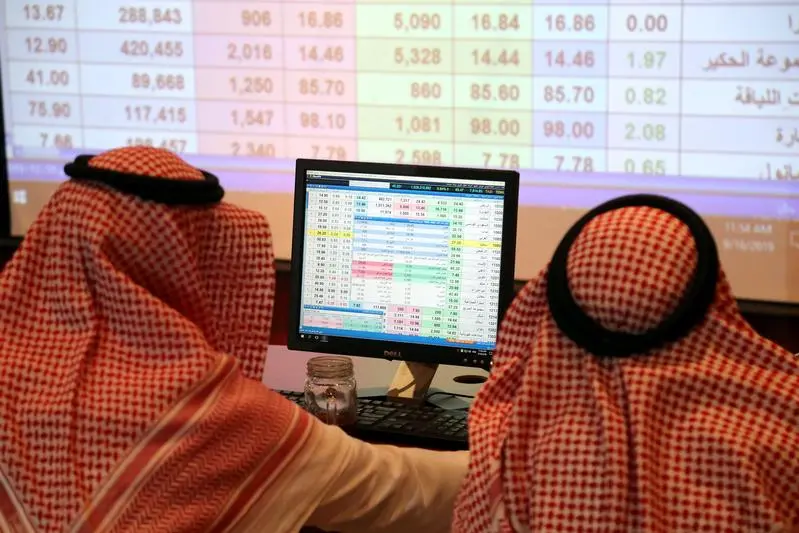PHOTO
FILE PHOTO: FILE PHOTO: The S&P Global logo is displayed on its offices in the financial district in New York City, U.S., December 13, 2018. REUTERS/Brendan McDermid/File Photo.
Muscat – The banking sector in the GCC is expected to maintain strong performance in 2025, despite the potential impact of lower interest rates, according to a report from S&P Global Ratings released on Wednesday.
In its GCC Banking Sector Outlook 2025, S&P highlighted that banks across the GCC region are benefiting from strong profitability, robust asset quality, healthy capitalisation, and ample liquidity.
‘We expect this performance will continue in 2025, even though it will likely be modestly affected by lower interest rates,’ the rating agency said.
However, S&P cautioned that an unexpected escalation in geopolitical risks or a sharp drop in oil prices could undermine the sector’s creditworthiness. ‘Depending on how the scenario unfolds, we expect banks will be relatively resilient,’ it added.
S&P expects Brent crude to average $75 per barrel in the fourth quarter of 2024, and to remain at similar levels through 2025-2027. This price level is likely to benefit most GCC economies, as per the report.
The ratings agency also pointed to the region’s economic diversification efforts, including Saudi Arabia’s transformation initiatives, Qatar’s expanding gas production, and ongoing reforms in Bahrain and Oman, as further supportive factors for banks. Strong growth in the non-oil sector, particularly in Bahrain and the UAE, is also seen as a positive.
‘Within this context, we think GCC banks will continue to grow their lending books without generating major macroeconomic imbalances. Lending will range from a high 8%-9% in Saudi Arabia and the UAE to a modest 3%-6% in other GCC countries,’ the rating agency said.
Regarding asset quality, S&P forecasts that GCC banks’ indicators will remain stable over the next 12-24 months.
In terms of interest rates, S&P predicts the US Federal Reserve will cut rates by 225 basis points by the end of 2025, in additional to the 75-basis point reduction already implemented. The agency expects central banks across the GCC to mirror these cuts to varying degrees.
‘The overall effect of the rate decline on profitability is negative. Yet it could reduce unrealised losses in securities portfolios and the cost of funding for banks that rely heavily on external funding,’ the agency said.
S&P also underscored that GCC banks are predominantly funded by domestic deposits, which have proven resilient during periods of economic stress, such as the COVID-19 pandemic. Public sector deposits typically make up between 20% and 30% of the total deposit base.
© Apex Press and Publishing Provided by SyndiGate Media Inc. (Syndigate.info).
